Read next
The latest news, updates and expert views for ambitious, high-achieving and purpose-driven homeowners and property entrepreneurs.


Clever construction management can save you thousands - maybe even tens of thousands - on your construction project.
Do I have your attention?
When executed skillfully, effective construction management can be a game-changer in reducing construction costs. On the flip side of the coin, if done poorly, without careful planning, supervision or budgeting, it can have extremely costly consequences.
So, how can construction managers strategically reduce construction costs while still increasing, and even maximising, value? And what mistakes should be avoided to prevent pouring our hard earned cash down the drain?
In this article, we delve into the nine key strategies that demonstrate the crucial role of intelligent, communicative construction management in delivering residential projects on time and on budget.
So let’s get down to it: here is our deep dive exploration of the nine crucial ways methodical construction management can lower your construction costs and put more savings in your pocket.

Our first strategy really is the best place to start this whole conversation. When undertaking a home renovation or new construction project, clearly defining the project scope is critical. This clarity not only sets realistic expectations, but also ensures you’ll maintain control over your project's direction and budget, helping to reduce your construction costs later in the build.
If you don’t speak construction, you might be wondering what exactly a ‘project scope’ is, which is a fair query to have! Put simply, a project’s scope is a detailed outline that includes the work necessary to complete the project, the features and functions of the final product and the boundaries of what is and isn’t included.
A clearly defined scope at the briefing stages of a project serves as a roadmap for everyone involved and is key in understanding the tasks at hand and how to best approach them, minimising any misunderstandings which may lead to a ‘scope creep’; that is, the addition of new elements or tasks without corresponding increases in budget, resources, or time.
To avoid scope creep, it’s essential to be specific about every aspect of your project and involve key stakeholders early on. Documenting everything - including plans, contracts, decisions, responsibilities and agreed-upon changes - are also important in avoiding this all too common phenomenon.
When changes are made to the brief or altered decisions are made too late in the project, there are often impacts which increase in scale the further into a project you are. Sometimes what might seem like the smallest of revisions can involve input from a number of team members - potentially creating undesired delays and fees - which would have been far simpler (and cheaper) had these design changes been considered earlier.
Remember, the success of your construction or renovation project hinges on how well you define its scope and adhere to it throughout the project lifecycle. Setting clear boundaries and expectations upfront will save you time and stress in the long run and will help in reducing your construction costs.
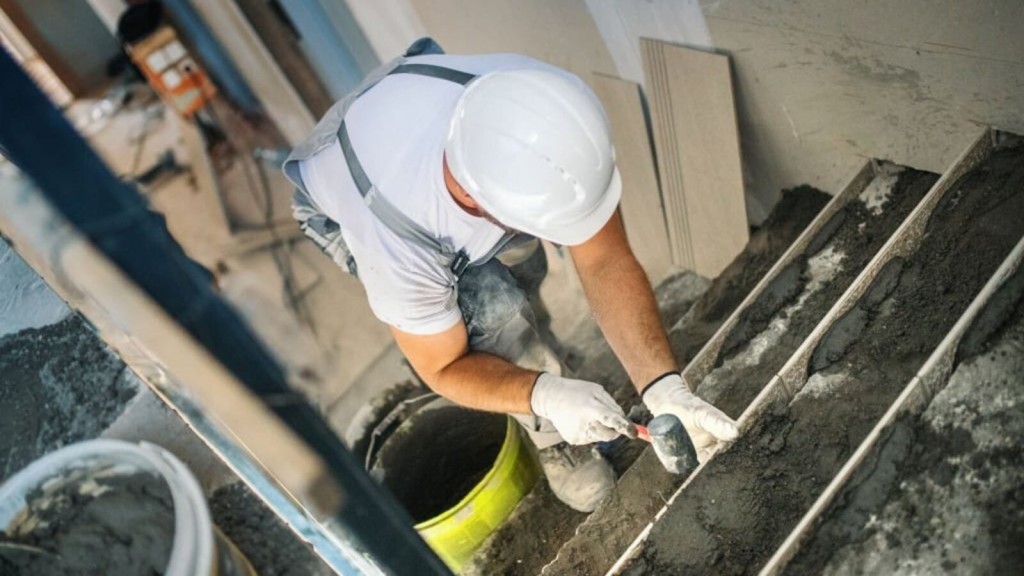
One of the things that is essential for the financial health and resource efficiency of your construction project - whether you're renovating an existing property or developing a new one - is making sure your project managers perform accurate cost estimations and engage in value engineering, if necessary.
Sound simple? There’s a little more to it than meets the eye.
Accurate cost estimation isn’t just about setting a budget, instead, it's a comprehensive analysis of all potential expenses. Detailed forecasting in this manner significantly reduces the risk of budget overruns, which can be a frequent issue in the construction world. A key part of keeping costs under control is appointing a quantity surveyor or having a dedicated estimator on the construction team to ensure all expenses are accounted for and are in alignment with your budget.
The second part of this strategy is effective value engineering, which is another key way your team can reduce construction costs for you. Value engineering requires a thorough examination of every aspect of your project's design - from its materials to the planned construction strategies - to identify cost-effective alternatives that don’t compromise on quality or functionality.
This process blends innovative thinking with practical solutions, empowering your project managers to make cost-effective decisions before any amendments could potentially result in abortive work.
A simple example of value engineering might involve choosing a more affordable material that still meets the project’s specifications, or altering the construction method to save time and money. Though seemingly minor, these strategic decisions can add up to considerable savings, especially when applied to all areas of the project.
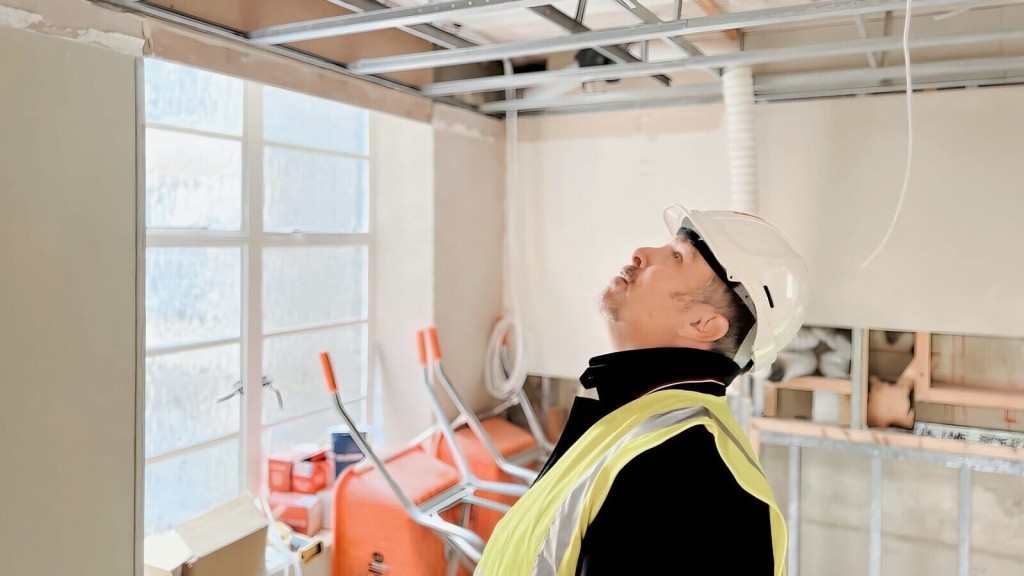
Robust contract administration is a vital component of construction project management, helping to prevent disputes and avoid additional costs, ultimately lowering the cost of construction. To ensure that everyone involved in the project adheres to their commitments, diligent oversight of the contract's terms and conditions are key.
Unsurprisingly, maintaining organised and detailed records is one of the central ways of managing contracts and monitoring a project’s progress. Comprehensively documenting every aspect of the project, from initial agreements, certification and inspections, and modifications to final outcomes, creates an invaluable record for resolving potential disputes.
If there are any changes in the contract, whether it’s shifts in scope, amended timelines, or added costs, it’s crucial that all relevant parties are updated. This helps to prevent unexpected issues and cultivates a transparent and trusting culture among everyone involved in the project.
As well as staying organised and keeping a close eye on documentation, conducting regular contract reviews is also a great way to keep things on track and ensure that construction costs are being reduced and aren’t ballooning.
These reviews enable an ongoing evaluation of how the project is progressing in relation to the contractual agreements and highlight where adjustments may be necessary. Adopting this proactive approach can help to identify and address potential problems early, preventing them from evolving into costly and time-consuming disputes.
To finish off this point, it’s important to remember that clear and consistent communication is central to robust contract administration. Your project managers should keep all lines of communication open with stakeholders which will help in addressing any issues quickly and effectively, reducing the risk of misunderstandings that could evolve into disputes.
Now we’ve covered contracts, let's jump into the importance of smart budgeting methods.
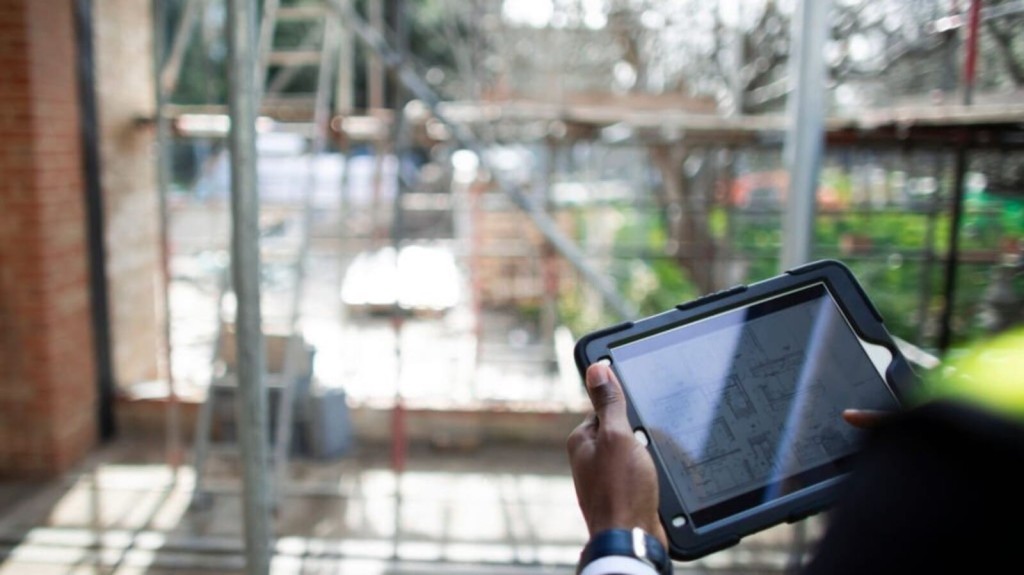
Budgeting isn't a word that excites many people, but in the context of construction project management, it’s crucial. By applying strict budgeting measures, we’re ensuring our project remains within its financial parameters.
Sure, it’s an approach that entails meticulous tracking of every expense, but there’s more to the budgeting process than just recording figures; it also involves a deep understanding of where every bit of funding is allocated. Regularly comparing actual expenditures against the allocated budget is critical in ensuring each cost is necessary and aligns with the project's objectives, helping to reduce construction costs where possible.
Effective budget management also hinges on proactive forecasting. By anticipating possible cost overruns or unforeseen expenses, you’re able to make timely, informed decisions. This level of foresight is crucial in maintaining financial stewardship over your project.
Another piece of the budgeting puzzle is categorising expenses clearly, which helps to provide clarity when it comes to financials. Breaking down costs into distinct categories enables a transparent view of fund allocation and is invaluable for pinpointing areas where costs can be efficiently managed or trimmed without compromising project quality or timelines.
Unsurprisingly, communication is key in budget management (you’ll notice clear comms is a bit of a theme throughout this blog). It's so important that project managers and team members understand the budget constraints and the significance of adhering to them. To achieve this level of awareness, regular budget meetings and updates are integral, which help to foster a collective awareness of the project's financial status and to identify any potential issues before they arise.
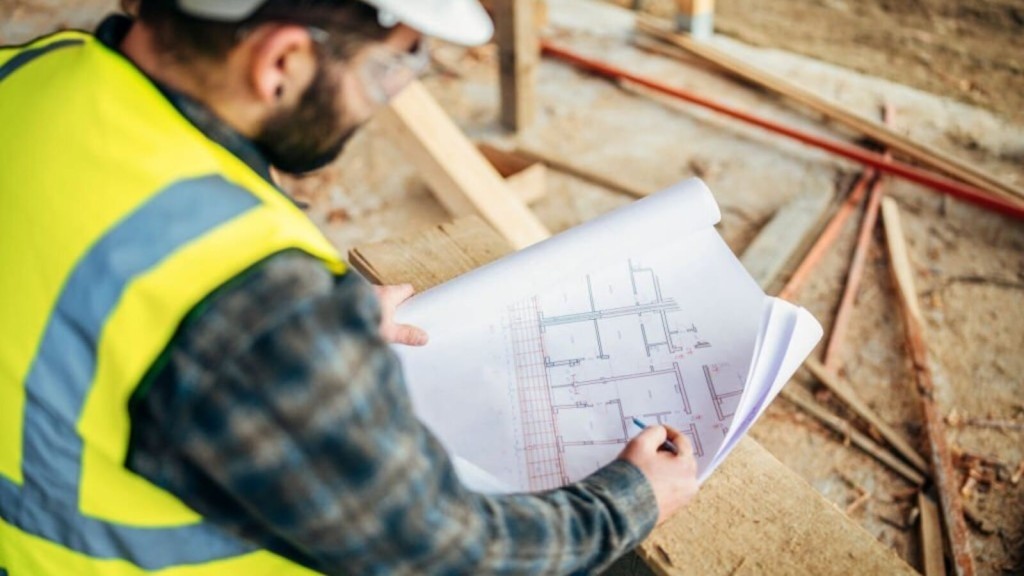
The next strategy for driving down construction costs through clever construction management is to optimise scheduling, which enhances cost efficiency. By meticulously planning and coordinating tasks, you help guarantee optimal utilisation of labour, equipment and materials, ensuring there’s no waste of resources.
Efficient scheduling starts with a comprehensive understanding of the project's programme and the tasks required before and during each stage. This involves breaking the project down into manageable parts and assigning specific timelines for each, ensuring all tasks align with the project completion date. This process requires not just a keen eye for detail but also an ability to foresee potential bottlenecks or delays.
A part of smart, optimised scheduling includes incorporating buffer times into our timelines. These contingencies account for unexpected delays or issues and make sure any surprise incidents don't derail the entire project programme.
Tied into this strategy is smooth coordination and communication among various consultant, contractor and subcontractor teams. Regularly scheduled meetings and updates to record any agreed actions helps ensure everyone is on the same page and working towards common deadlines which prevents overlaps or gaps in the workflow, and amounts to a smoother project execution.
Fortunately, because we live in 2024 and not 1024, we get to enjoy the benefits of technology! Instead of using manual techniques for scheduling and various other time-hungry tasks, we’re able to access a suite of software and scheduling tools that make our lives so much easier.
All in all, by prioritising efficient programming and the optimal use of resources, you lay the groundwork for a streamlined and cost-effective construction process. This approach not only aids in keeping the project on track but also plays a critical role in maintaining budgetary control and overall project success.
Now let’s chat about risk!
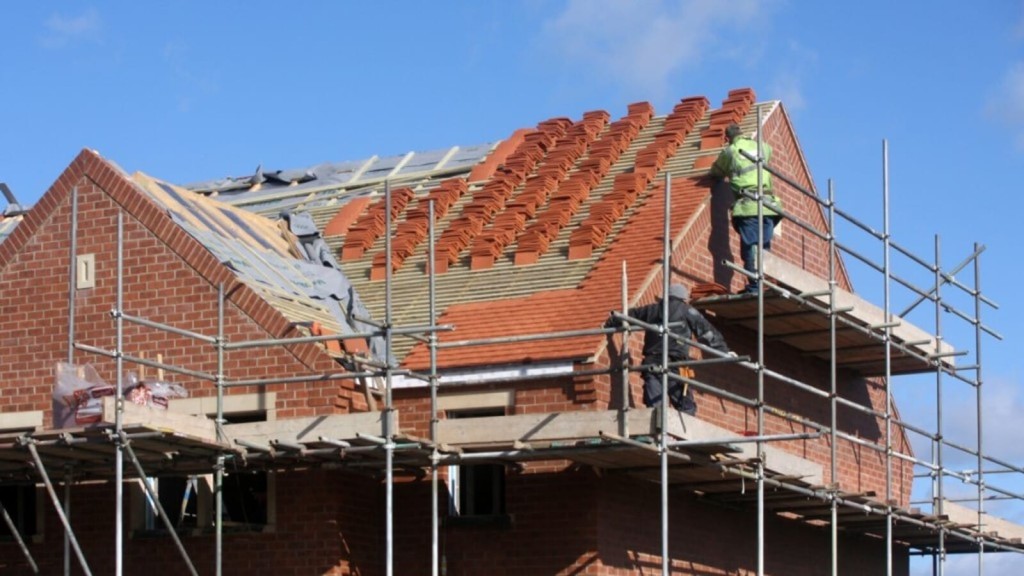
The essence of proactive risk management lies in the early identification of potential challenges and obstacles. This process begins with a thorough analysis of the entire project – examining each phase for possible risks, be it in permissions, design, materials, labour, or environmental factors. It's about looking ahead, anticipating what could go wrong and planning accordingly.
Once potential risks are identified, the next step is to develop comprehensive mitigation strategies. This involves crafting plans to either completely avoid these risks or minimise their impact should they materialise. Effective risk management is not just about problem-solving; it’s about problem-preventing.
A key aspect of proactive risk management is incorporating flexibility into your project plans. This flexibility allows for a swift response in the face of unforeseen challenges, thereby reducing the potential for costly delays and disruptions. Regular risk assessments are an integral part of this process. These assessments should be ongoing, adapting as the project evolves, to continually identify and address new risks as they arise.
By embedding proactive risk management into the DNA of your construction project, you equip your team to navigate any potential pitfalls efficiently. This proactive approach not only helps in safeguarding your project against unforeseen difficulties but also plays a critical role in ensuring the project's timely and cost-effective completion.
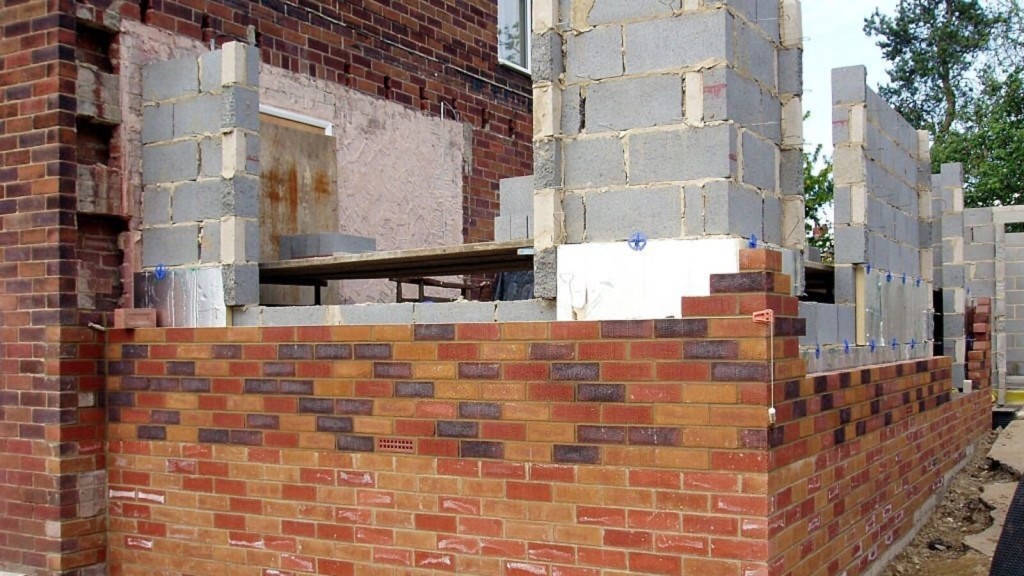
Though it might initially be perceived as an expensive endeavour, integrating sustainable mechanical, electrical, and plumbing (MEP) solutions is - particularly in the long-term - paramount for reducing construction costs and ongoing maintenance costs.
For renovation and retrofitting ventures, sustainable MEP solutions focus on modernising existing systems to boost energy efficiency and minimise operational expenses.
For example, upgrading to high-efficiency boilers and adopting LED lighting, which significantly curtails energy consumption and leads to reduced electricity bills. Or implementing smart building controls in HVAC systems, which ensures precise energy management. Even something as simple as embracing water-saving fixtures and greywater recycling will help to minimise water usage, aligning with sustainable water practices in the UK. These are all ways we can help both the planet and our purses when working on renovations.
When considering the build cost of new houses, the inclusion of sustainable MEP solutions presents a substantial opportunity for cost savings. Employing renewable energy sources such as solar panels and ground-source heat pumps reduces reliance on conventional energy, translating to lower energy costs and life cycle saving.
Other sustainable solutions that are great for both the environment and for reducing construction costs include the integration of advanced, energy-efficient HVAC systems and using high performance fabrics including for insulation.
These tailored sustainable MEP solutions, whether applied in renovations or new builds, are integral to cost-efficient construction management in the UK, with the initial investment paying off through considerable savings in energy and water bills over time. As an added bonus, these practices often qualify for government incentives and enhance property value due to their eco-friendly attributes.
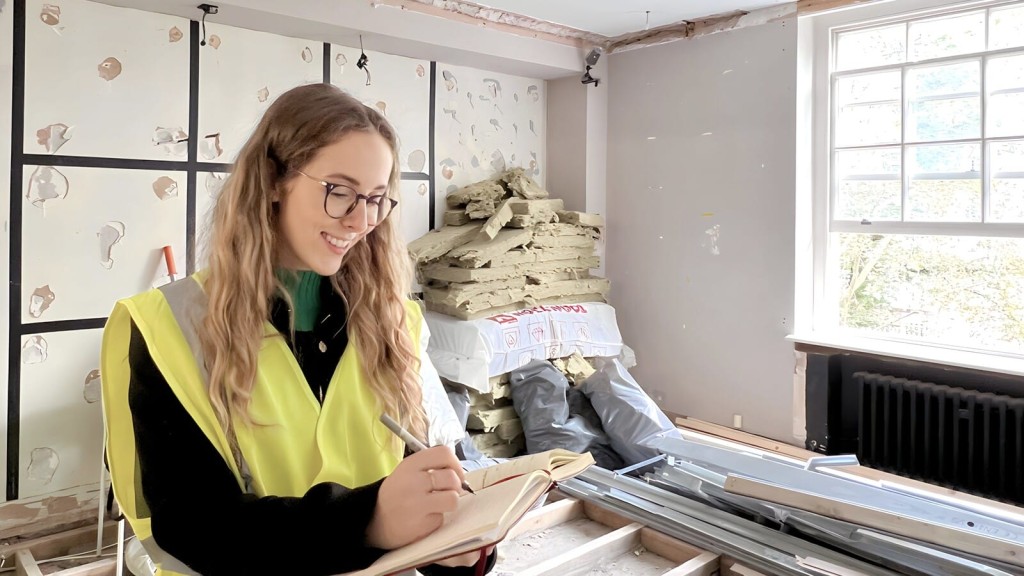
The next strategy for keeping construction costs down is by employing effective site monitoring by the principal contractor as well as adopting an agile construction management approach. While we’d never advocate for micro-managing (as that tends to do more harm than good), by overseeing operations on site efficiently, the need for expensive rework can be minimised and methods for increasing work rate can be identified.
But where does this process begin?
Efficient site supervision starts with a clear understanding of project aims and limitations and aims to ensure all construction activities are carried out according to the defined standards and within the specified programme. Naturally, effective communication among team members, subcontractors and suppliers is important here.
As mentioned at the top, one of the primary benefits of this strategy is the reduction of costly reworks or changes in strategy. By identifying issues early on in the construction process, corrections can be made promptly, preventing errors from cascading into larger and more expensive problems later on. This proactive approach not only saves money but also helps maintain project schedules.
Consistent performance monitoring is another crucial aspect of cost-effective construction management. This involves tracking progress against milestones, assessing the quality of work, and identifying areas where improvements can be made. Regular performance reviews enable effective decision-making, allowing adjustments to be made quickly to optimise efficiency and control costs.

So far, we’ve covered eight key strategies for keeping construction costs down by employing effective construction management techniques.
Now it’s time for our final point, which fittingly, is the final part of the construction management process; thorough project completion and handover.
Thorough project completion is a critical phase in construction project management that holds the key to preventing unexpected future costs. It creates a solid foundation for the project’s success, by ensuring that all project aspects are meticulously completed and accounted for.
This final process begins with a comprehensive review of all project deliverables and objectives. It involves verifying that all tasks, whether related to construction, inspections, or documentation, have been successfully accomplished in accordance with project specifications and regulations. Attention to detail at this stage is crucial to avoid potential issues that could surface later.
One essential component of project closure is ensuring that all project-related documents, including contracts, warranties and final construction drawings, are organised and readily accessible. These records serve as a valuable resource for addressing any future concerns, such as maintenance or unforeseen issues, without incurring additional costs.
Of course, a final inspection of the construction work, including snagging (inspections identifying any patent defects that need to be rectified), is also part of thorough project completion and handover. Addressing these issues promptly ensures that the project is handed over in the appropriate condition, reducing the likelihood of costly remediation work in the future.
Lastly, project completion involves obtaining all necessary approvals and sign-offs from relevant authorities and stakeholders, ensuring all legal and regulatory requirements have been met. This mitigates the risk of complications or disputes that could result in unexpected financial consequences down the line.

Now that you know these cost-saving strategies, how will you apply them to your next construction project?
If you’re looking to embark on your next project and are seeking guidance on what’s achievable for your budget, goals and timeframes, then don’t hesitate to get in touch.
We’re a London-based architecture and planning firm, with decades of combined experience right across the UK. We’re specialists in delivering creative design solutions and securing difficult planning applications.
We're not just passionate about our craft; we've overseen numerous construction sites and consistently helped our clients complete their projects on time, without delays or cost overruns. We can do the same for you.

Robin Callister BA(Hons), Dip.Arch, MA, ARB, RIBA is our Creative Director and Senior Architect, guiding the architectural team with the insight and expertise gained from over 20 years of experience. Every architectural project at our practice is overseen by Robin, ensuring you’re in the safest of hands.
We look forward to learning how we can help you. Simply fill in the form below and someone on our team will respond to you at the earliest opportunity.
The latest news, updates and expert views for ambitious, high-achieving and purpose-driven homeowners and property entrepreneurs.
The latest news, updates and expert views for ambitious, high-achieving and purpose-driven homeowners and property entrepreneurs.


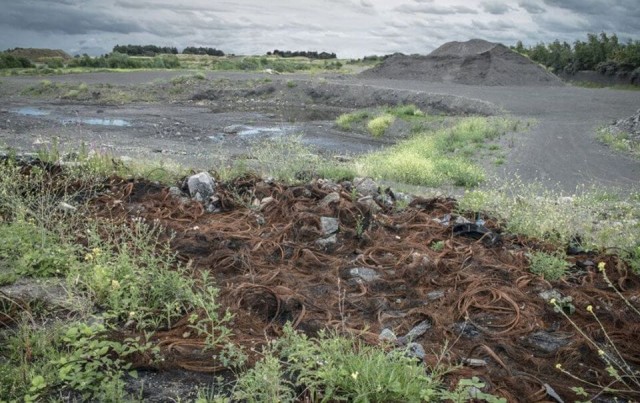


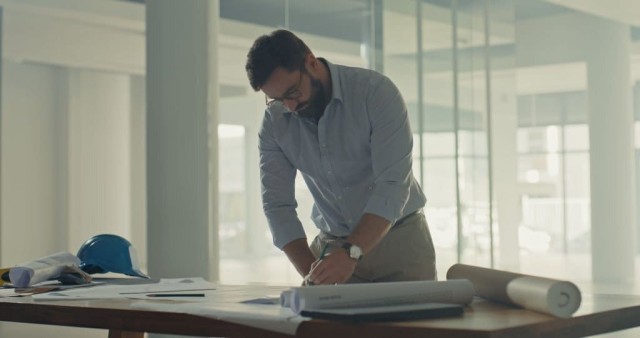




We specialise in crafting creative design and planning strategies to unlock the hidden potential of developments, secure planning permission and deliver imaginative projects on tricky sites
Write us a message